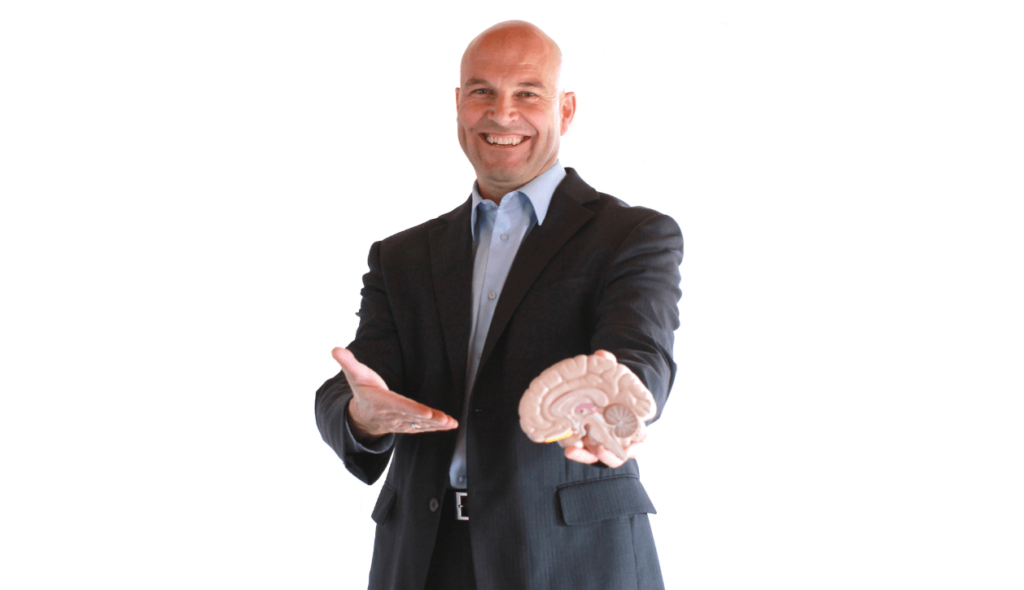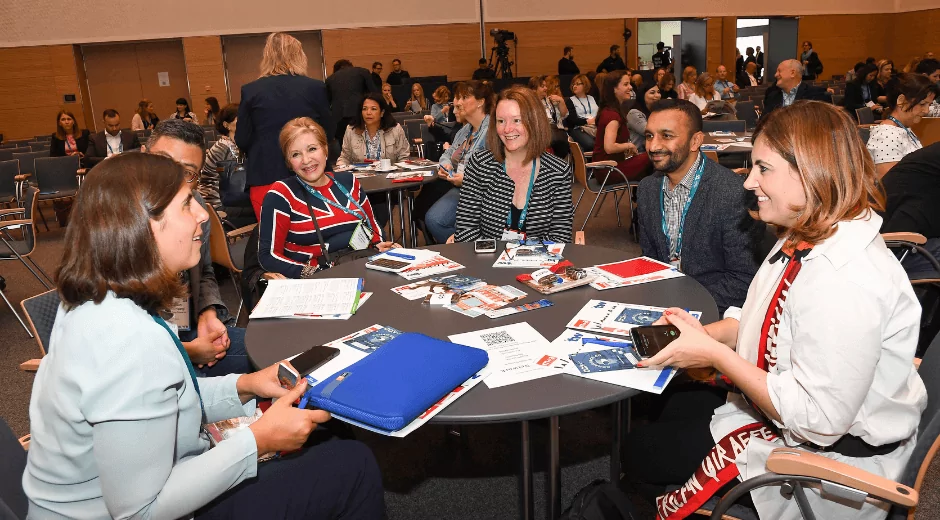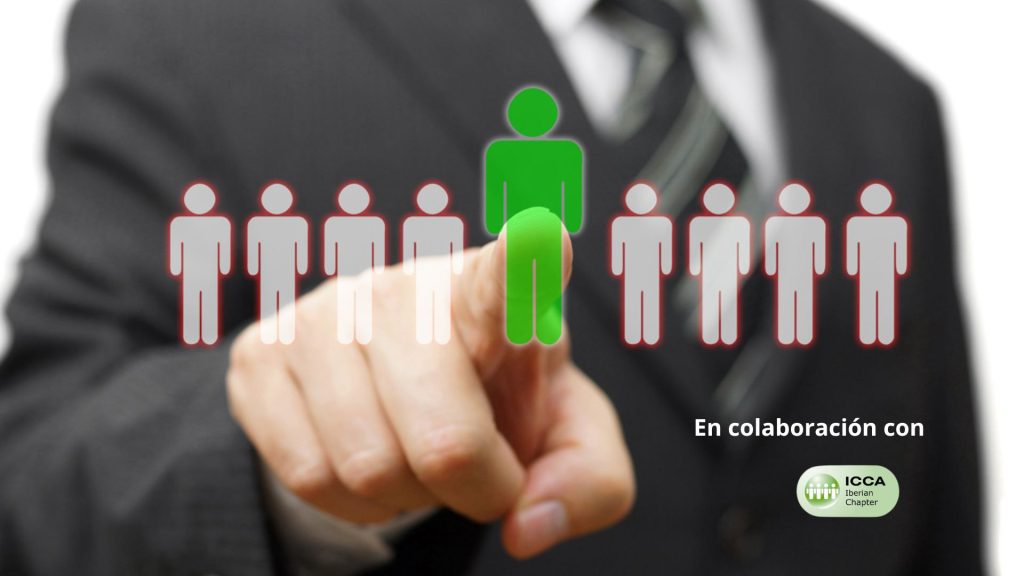4 keys to influence others… in your meetings too

Share news
Listen
As he reminds us, “ethical persuasion” is about using neuroscience combined with knowledge about the decision-making process to impact the way the human brain makes decisions. It’s about talking the ‘you’ language and ethically persuading people to come to decisions that will be beneficial.
Thomas highlights four key drivers underpinning the science of driving decisions:
- Subconscious frustration. We all have a problem that we would like solved, and if you can work out what that is, you are halfway there. So you (and this works especially if you work in meetings) must dive deep inside the brain of your audience to understand their motivations. Thomas reminds us that the subconscious brain is the decision maker (“we don’t make rational decisions, and our primal brains take just 11 seconds to make a decision”). And it requires digging: “We humans have many frustrations, which go beyond the immediate need”. For instance, your customer may want more money but in the end what they want could be recognition, or if you sell a software, you offer saving time for people who have complex stressful lives, so they can enjoy more family time… How do you handle this when you deal with a group, with different personal situations? “If you have a group, luckily you have an overlap, and talking to a few, you can extract general common needs or motivations). How do you observe or measure these frustrations? Thomas uses scientific methods, but reminds us we have a sixth sense: facial expressions, body language, micro-connectivity on the tip of your fingers… Humans are not bad at interpreting other people’s attitude and words, and understand these motivations.
- Know who you are, on a very deep level, and you will be able to properly connect with others. “You have to resonate with the other person”, he says, and if you don’t know who you are, you can’t connect with the other one. So you have to find common points, experiences, and especially values, which will create this kinship.
- Know why you’re doing what you’re doing, or trying to persuade someone. Thomas encourages us to answer deep questions: “What is the deeper reason, beyond making money? Is it bringing people together? Imparting knowledge and sharing ideas? Furthering a specific cause?”. We live in the age of purpose; it is hard to convince if you do not have a clear one.
- Understand the tribe. Humans as a species evolved in tribes (families, companies, social or religious groups…). “Understanding the dynamics of groups is vital to knowing how to influence. In tribes people tend to be divided into followers or leaders. Most of the time we are followers, but when you want people to make a decision you must be a leader”. He takes the example of Apple which plays with the feeling of belonging to a tribe, and even make it visible (such as in the ipods ads with the white very visible headphone cable).
Use ethical persuasion to create better events
“Events must always bring something of value to its participants. Making a decision is hard for the primal brain pain, as each time the brain makes a decision it stops doing something else. The subconscious brain needs to feel that it will gain 2.3 times more value from that decision than the pain it feels. In addition, the primal brain runs like a two-year-old child. You have to prove the gain on the spot. So when we run events, we must demonstrate that value up front, and show how it translates into tangible value in their lives. What can they learn from your event that they won’t from any other? Who will they meet? What unique experiences could they have?”. The benefit must be very clear, take it into account when planning your next event. The “what’s in it for me?” question is fundamental.









